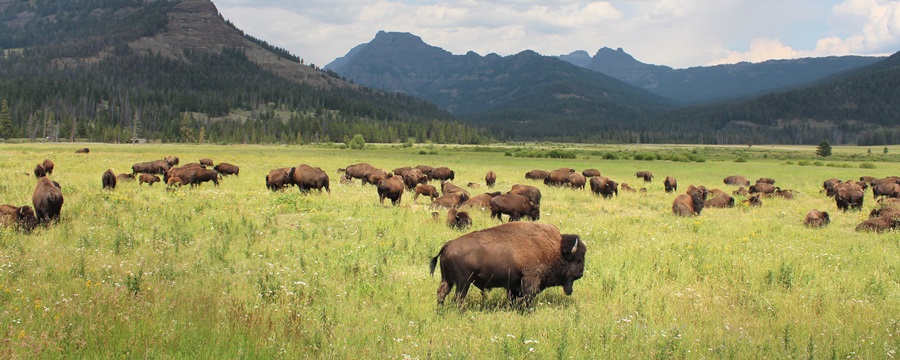This article by Chad R. Zirbel, Emily Grman, Tyler Bassett and Lars A. Brudvig—titled Landscape context explains ecosystem multifunctionality in restored grasslands better than plant diversity—was published by the Ecological Society of America.
ABSTRACT: There is strong evidence for a positive relationship between biodiversity and ecosystem functioning at local spatial scales. However, how different aspects of biodiversity relate to multiple ecosystem functions (multifunctionality) across heterogeneous landscapes, and how the magnitude of biodiversity, dominant species, and environmental effects on functioning compare, remain poorly understood.
We compared relationships between plant phylogenetic, functional, and taxonomic diversity and ecosystem multifunctionality across 29 restored grasslands.
Functional diversity was positively associated with multifunctionality, more strongly than other diversity measures; however, landscape composition explained nearly four times more variation in multifunctionality than did functional diversity, with plots within human‐modified landscapes supporting lower multifunctionality.
Individual functions were typically more strongly correlated with environmental variables than with diversity. We also found that abundance of the dominant species, Andropogon gerardii, was positively correlated with multifunctionality.
Plant diversity, dominant species, and underlying environmental conditions underpin ecosystem multifunctionality in grasslands, but how biodiversity is measured matters for the strength and direction of biodiversity–ecosystem function relationships. Finally, in natural systems environmental variation unrelated to local biodiversity is important for determining ecosystem functioning.
Photo via Adobe Stock.

